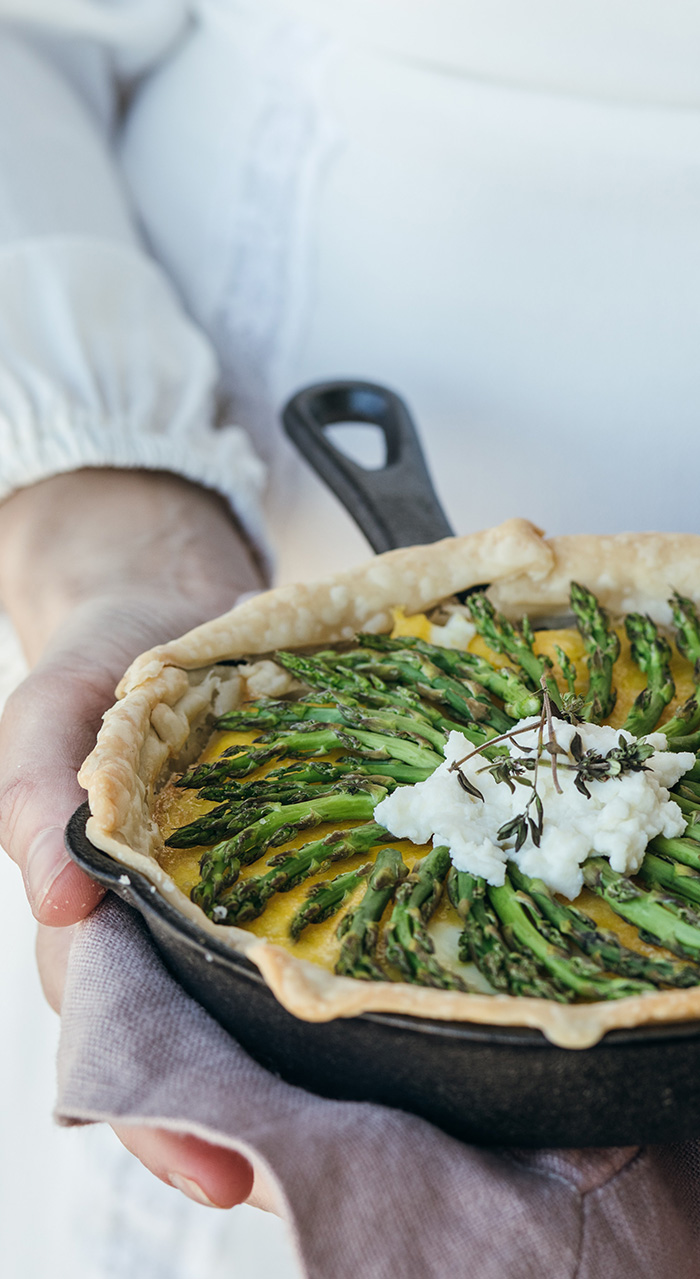Get Washington asparagus chef-recipes here
When selecting asparagus, choose odorless, green firm stalks with dry, compact tips.
The difference in spear diameter has no bearing on fresh asparagus’ flavor, texture, color, or tenderness. European chefs prefer thicker stalks.
To store, wrap the ends of the stalks in wet paper towel and place them inside a plastic bag. Asparagus are thirsty; this method prolongs its quality.
Refrigerate immediately and use as soon as possible. Asparagus’ sugar will turn rapidly to starch, which impacts the flavor.
To prepare the asparagus, rinse asparagus under cool water, then snap or cut off the white part of the end of the stalk (approximately the bottom half-inch).
The woody, cut ends are great for flavoring soup stocks.
Simple stovetop prep: In a large saucepan, bring 8 cups water to a boil. Season with 2 tablespoons coarse salt, and add one trimmed bunch of asparagus; boil for approximately three minutes (depending on thickness). Remove with tongs, or drain in a colander, and immediately transfer to ice water to stop the cooking process and to retain vibrant color.
Asparagus is incredibly versatile; prepare it steamed, simmered, roasted, grilled, sautéed or wok-fried.

